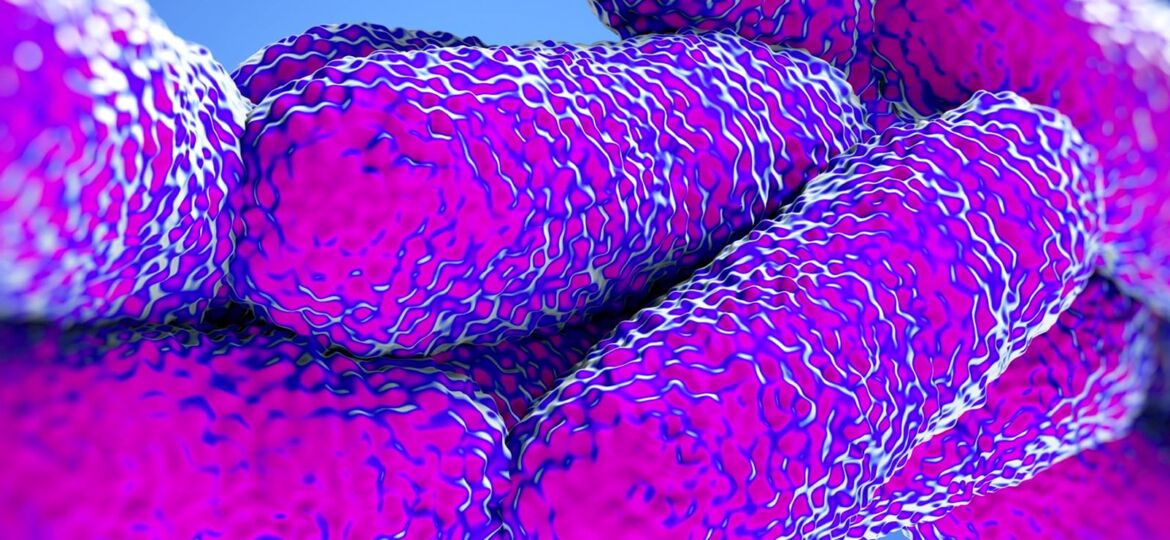
WHY THIS MATTERS IN BRIEF
- In many ways bacteria are nature’s factories, and with a bit of genetic tweaking they can be seconded to help print revolutionary new drugs, materials and products
A team of researchers at Delft University of Technology in the Netherlands have pioneered an inexpensive method for 3D printing bacteria into shapes and patterns, and the new breakthrough could help to usher in a manufacturing revolution where bacteria are increasingly used to fabricate new drugs, materials, products and even graphene, new camera lenses, LED’s and solar panels.
“The possibilities are really wide ranging. I could imagine materials in so many different categories,” said Dr. Anne Meyer, who was one of the lead scientists and one of the authors on a paper that discusses the technique.
Once viewed as something of a novelty, 3D printing has increasingly found its way into a wide variety of applications that range from the manufacture of human body parts, everything from human brains, cartilage, hearts, kidneys and skin to coral reefs, homes, munitions, robots and sneakers.
In the team from Holland’s case though they managed to develop their method modifying a $300 commercial 3D printer, and that low price tag is significant because it makes the approach widely reproducible. Techniques for cellular printing for biological or medical applications are generally much more expensive, ranging from $5,000 to $200,000.
Over the counter commercial 3D printers work by heating plastic to make it liquid enough to be patterned by the print head, but that kind of heat kills bacteria so the team removed the heater from the print head and fitted a syringe filled with liquid bacteria. They then used a syringe pump controlled by a custom computer program to control the output and the eventual design.
“Then we had to develop some chemistry to make sure the bacteria stays where you print it,” Meyer said.
That involved mixing the live bacteria with a polymer called alginate, which solidifies when it touches calcium ions.
“As long as we have calcium on the surface, then as soon as the bacteria hits it, our stripe of bacteria becomes a rigid scaffold,” said Dr. Meyer, “and once in place, bacteria can carry out advanced chemical reactions to create a wide range of materials, many of which could be modelled from the natural world.”
“There are several species of animal that can make bioglass, for example,” said Dr. Meyer, “including sea sponges that use it for internal skeletons, and borrowing that technique could lead to micro-lenses that increase the efficiency of light collection, from photography to photovoltaic electricity production.”
The team is already 3D printing plaque, the bacterial biofilm that grows inside the mouth, onto teeth, with an eye towards helping those who study oral hygiene figure out how to get rid of it. But rather than use fake teeth, the researches opted for the genuine article.
“My student went down to the butcher and got some cow teeth,” Dr. Meyer said, “it’s kind of funny, because he’s a vegan. Our engineered bacteria stick much better to the cow teeth than non engineered bacteria.”
Their approach to 3D printing bacteria may also prove effective in constructing objects out of graphene, the super-material that’s a hundred times stronger than steel, harder than diamonds and conducts electricity more efficiently than copper. Today, for example, most graphene is made by chemically reducing Graphene Oxide.
“Chemical reduction approaches are typically very energy intensive, and can make a lot of chemical waste,” said Meyer.
A specific strain of bacteria, on the other hand, can serve as a reducing agent, stripping away oxygen atoms from the material.
“We can mix up Graphene Oxide with this bacteria, leave it on the counter overnight, and when we come back the next day, it has made graphene by reducing the graphene oxide,” said Meyer, “you don’t have to have a chemical lab to do it.”
In a world that is full of technical marvels, and where science fiction is increasingly becoming science fact – and the norm – it’s still good to see that mother nature, albeit tweaked, has some tricks up her sleeve. Graphene from bacteria? What will we think of next – teaching AI’s to dream?
















